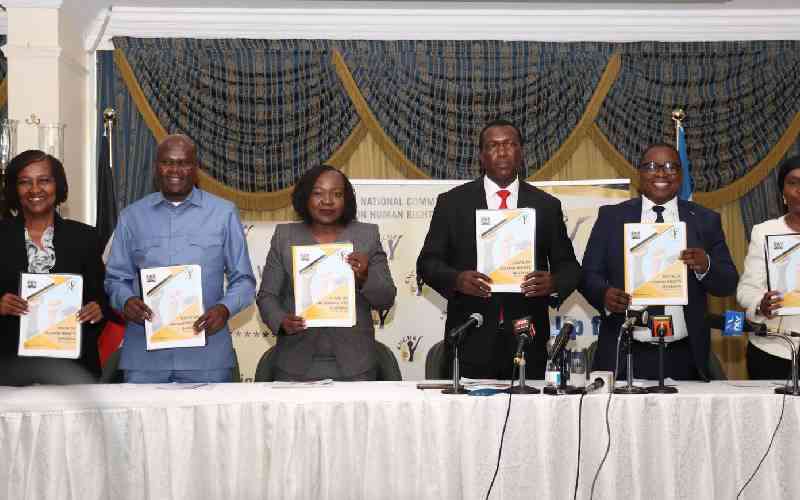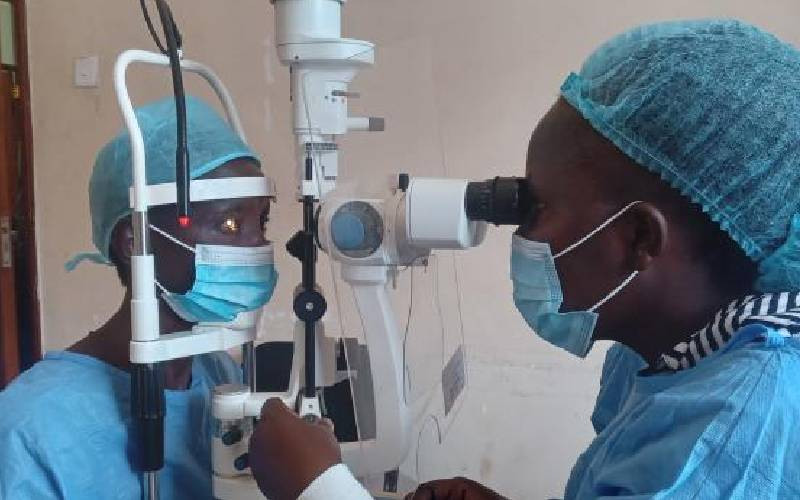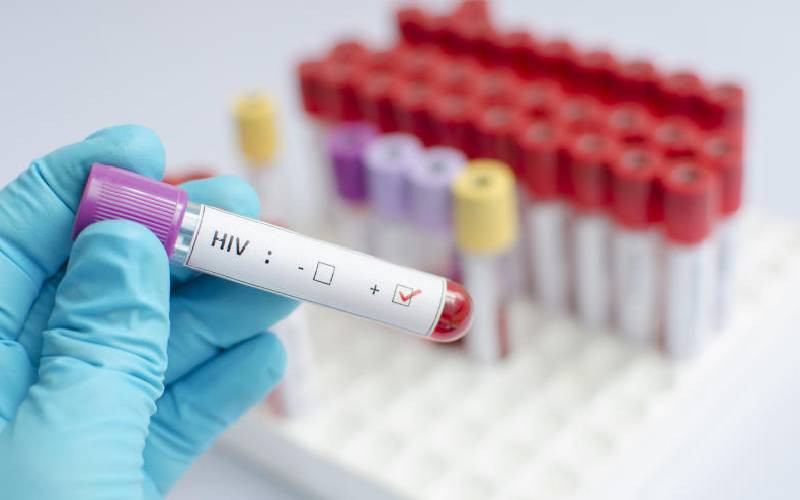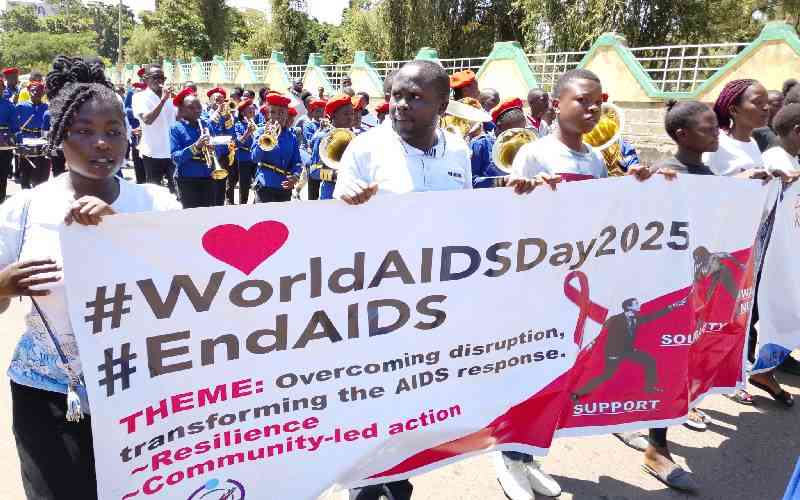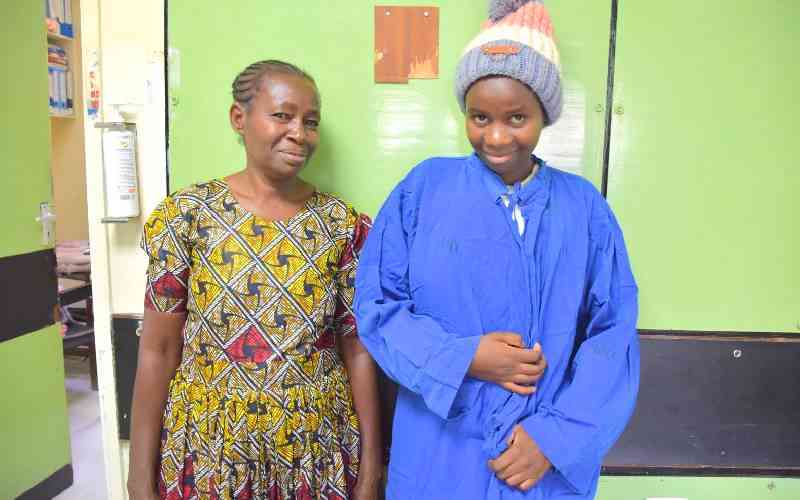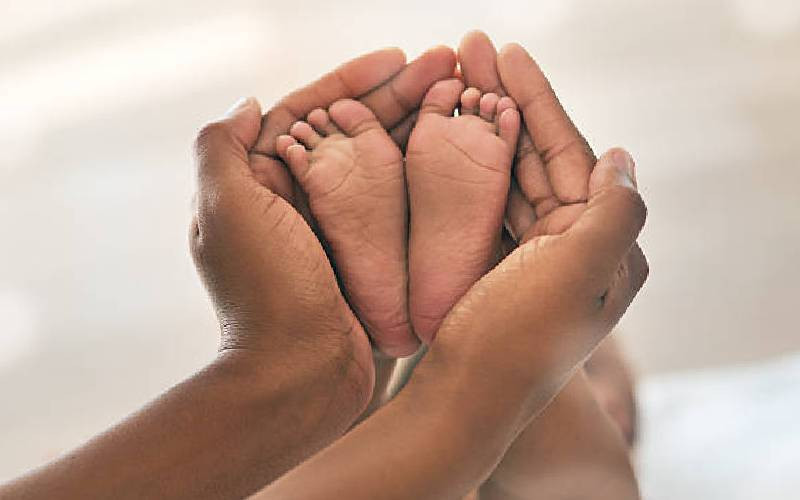
A baby born prematurely in Kenya and the African continent has a minimal survival rate as compared to that born in developed countries.
According to a global action report, titled Born too Soon, at least nine in 10 preterm babies survive in high-income countries, against one in every 10 born in low-income countries.
It adds that at least 152 million children were born too soon between 2010 and 2020, globally.
In 2020, an estimated 13.4 million children were born preterm globally, a slight decrease from 13.4 million in 2010.
Cases of preterm births, however, increased in sub-Saharan Africa, with 563,000 more babies born preterm in 2020 than in 2010. Data reveals that an estimated four million babies are born too soon every year in Africa.
"Inequalities in care between and within countries result in unacceptably large survival gaps for babies born preterm.
Higher-resourced settings have near-universal survival for those born over 28 weeks' gestation, compared to much higher mortality among babies, even up to 32 weeks' gestation, in places where access to care is limited," reads a section of the report.
"In Africa, we are witnessing a challenge in survival rate in children born too soon. For babies born too soon in Africa, they die too soon," said Prof Joy Lawn, London School of Hygiene and Tropical Medicine and Co-lead, Born Too Soon, during the global launch of the report.
- Help children understand periods
- How a free Nairobi medical camp exposed Kenya's reproductive health crisis
- Why Kenyan women are no longer interested in having children
- Reflections on Kenya's progress on contraceptives
Keep Reading
Lawn added, "While some regions are more affected, preterm birth threatens health progress in every country. Greater investment in the care of vulnerable newborns can save millions of families from heartbreak."
Countries ranked at the top five with the highest preterm birth rates in 2010 include Bangladesh at 16.2, Malawi (14.5), Pakistan (14.4), India (13.0) and South Africa at 13.0 per cent.
The top five for preterm birth numbers were India (3, 016, 700) Pakistan (914,000), Nigeria (774, 100), China (752,900) and Ethiopia which recorded 495,900.
Increased numbers are attributed to increases in the birth cohort and a lack of reduction in preterm birth rates. Other factors include the impact of Covid-19, which presented severe infection in pregnancy, being a risk factor for higher preterm rates.
"Importantly, lockdown policies may also have increased both stillbirth rates and neonatal deaths among vulnerable newborns," adds the report.
Although the highest rates are predominantly in low- and middle-income countries, some high-income countries like Greece and the United States of America record significant numbers of preterm births at 11.6 and 10 per cent respectively.
Countries with the lowest preterm rates in the last decade were Serbia, at 4.1 per cent, and Moldova at 5 per cent.
According to the report, which was produced by the World Health Organisation (WHO) and the United Nations Children's Fund (UNICEF) and Partnership for Maternal, Newborn and Child Health (PMNCH), in 2021, about a million children died due to direct complications of preterm birth. Also, over a third of the estimated 2.3 million neonatal deaths worldwide were due to direct complications of preterm birth.
Preterm birth complications remain the top cause of under-five child mortality, accounting for more than one in every five of all deaths in children below five years.
In 2021, preterm birth complications accounted for about 1 million neonatal deaths worldwide.
Premature births also account for a greater global burden than chronic obstructive airway disease, diabetes or stroke.
"Despite some improvements in care, there are still more than 4.5 million deaths of women and babies every year, including more than 2.3 million neonatal deaths, 1.9 million stillbirths and 287, 000 maternal deaths," adds the report.
According to the report, neonatal deaths due to preterm birth are preventable with high-quality care during pregnancy and birth and for newborns. Care of preterm and vulnerable newborns is possible and prevent 900, 000 direct deaths from preterm birth, in less than 32 weeks of pregnancy.
"With less than seven years to realize the Sustainable Development Goals (SDGs), rates of progress are slower than a decade ago, and in some cases are even reversing," adds the report.
Among the top 10 countries which reduced their preterm birth rates fastest were Czechia, Austria, Brunei Darussalam, Singapore, Spain, the Netherlands, Denmark, Hungary, Brazil and Sweden.
The countries reduced their preterm birth rates by more than 5 percent between 2010 and 2020.
Contrary, in 13 countries namely Poland, Iceland, Croatia, United Kingdom of Great Britain and Northern Ireland, Bulgaria, Armenia, Bahrain, Ireland, Chile, Georgia, Colombia, the Republic of Korea and North Macedonia, the preterm rates increased by more than five percent.
In 2020, nearly 1.2 million preterm newborns are estimated to have been born in the 10 most fragile countries affected by humanitarian crises.
The countries are Afghanistan, Chad, Central African Republic, Democratic Republic of the Congo, Myanmar, Somalia, South Sudan, Sudan, Syria and Yemen. The report notes that many women and preterm babies in hostile countries face increased challenges in accessing care, especially higher-level care.
On his part, Dr Anshu Banerjee, Director for Maternal, Newborn, Child and Adolescent Health and Ageing at WHO, said states should put measures to avert preterm deaths.
"We must ensure quality care for preterm babies together with their families. Progress is also needed to help prevent preterm births, which ensures every woman must be able to access quality health services before and during pregnancy to identify and manage risks," said Banerjee.
His sentiments were echoed by Steven Lauwerier, Director of Health at UNICEF, who said there is need to improve access to care for pregnant women and preterm infants
Studies link preterm births to age at pregnancy and pregnancy spacing, multiple pregnancies, infection, underlying chronic medical conditions, nutritional, and lifestyle.
Other causes are work-related, environmental, maternal psychological health, induction or Caesarean Section (CS) birth for maternal indication, induction or caesarean birth for fetal indication, and induction or caesarean birth without medical indication.
 The Standard Group Plc is a multi-media organization with investments in media
platforms spanning newspaper print
operations, television, radio broadcasting, digital and online services. The
Standard Group is recognized as a
leading multi-media house in Kenya with a key influence in matters of national
and international interest.
The Standard Group Plc is a multi-media organization with investments in media
platforms spanning newspaper print
operations, television, radio broadcasting, digital and online services. The
Standard Group is recognized as a
leading multi-media house in Kenya with a key influence in matters of national
and international interest.


